Chickenpox is a highly contagious virus that usually infects children under the age of 10. It produces a characteristic red, raised, and itchy rash. Treatment involves plenty of rest, fluids, and paracetamol to reduce fever and discomfort.
What is Chicken Pox?
Chickenpox is a highly contagious infection caused by the varicella-zoster virus (VZV). It is characterized by a rash of itchy, fluid-filled blisters that break open and crust over. Chickenpox is usually a mild illness in children but can be more severe in adults. The best way to prevent chickenpox is through vaccination.
A rash of itchy, fluid-filled blisters that break open and crust over. The rash typically starts on the face, chest, and back and spreads to the rest of the body.
Itching is often the most intense symptom associated with chickenpox. The itchiness can be so severe that it leads to secondary infections from scratching. These secondary infections can delay healing and may lead to scarring.
Symptoms of Chicken Pox
The most commonly recognized symptom of chickenpox is the presence of a rash, which can appear as either red or purple spots. These spots are usually itchy and may be accompanied by a fever, chills, and general feelings of discomfort. The rash typically begins on the face and spreads to the rest of the body over the course of a few days. In some cases, the rash may also blister or crust over.
Other less common symptoms of chickenpox include
Treatment of Chicken Pox
There is no specific cure for chickenpox, but there are a number of treatments that can be used to ease the symptoms and speed up the healing process.
Painkillers such as ibuprofen or paracetamol can be used to help relieve itchiness and discomfort. Antihistamines can also be effective in reducing itchiness. It is essential to avoid scratching the rash, as this can lead to infection and scarring.
A cool, moist environment will help to soothe the skin and ease itching. This can be achieved by using cooling gels or lotions, or by taking a cool bath or shower. Avoid using hot water, as this will dry out the skin and make the itching worse.
Chickenpox usually clears up within a week or two without any lasting effects. However, in rare cases, serious complications can occur, so it is important to seek medical advice if you develop any worrying symptoms.
Recovery from Chicken Pox
Most people recover from chickenpox without any complications. The recovery process typically takes about two to three weeks.
- During the first week of illness, the pox lesions continue to form and are at their most contagious during this time. By the end of the first week, however, the lesions begin to dry out and crust over. It is important to keep the lesions clean and dry during this time to prevent infection and scarring.
- The second week is when the majority of the pox lesions have crusted over and begun to heal. The person may still be contagious during this time, so it is important to avoid contact with others.
- By the third week, most of the lesions should be healed and the person is no longer considered contagious. If any lesions are still present, they should be dry and crusted over.
If you or your child develop complications from chickenpox, such as pneumonia or skin infections, it may take longer to recover. In rare cases, chickenpox can lead to death. However, most people who contract chickenpox will recover without any problems.
Prevention against Chicken Pox
There are a few things you can do to help prevent chickenpox. These include:
- Get the chickenpox vaccine. This is the best way to prevent chickenpox. The vaccine is safe and effective, and it can help reduce your risk of getting chickenpox by up to 90%.
- Avoid close contact with people who have chickenpox. If you're around someone with chickenpox, try to avoid direct contact with their skin or their breath.
- Wash your hands often. This will help stop the spread of chickenpox if you come in contact with it. Be sure to wash your hands after being around someone with chickenpox, and before touching your face or eyes.
- Keep your nails short and clean. Chickenpox can spread through scratching, so keeping your nails short and clean can help prevent the spread of the virus.
With our offerings in line with government-mandated prices, Maxlab offers full body checkup packages that cover an exhaustive list of tests for a comprehensive diagnosis of your health. Choose from a range of health test packages based on your needs.
Conclusion
Chickenpox is a highly contagious viral infection that can cause serious health complications, especially in young children. Early diagnosis and treatment are essential to preventing serious health problems. If you think your child might have chicken pox, it's important to contact your doctor right away. There are also a few things you can do at home to help ease your child's symptoms, like giving them plenty of fluids and keeping them cool and comfortable.













 7982100200
7982100200



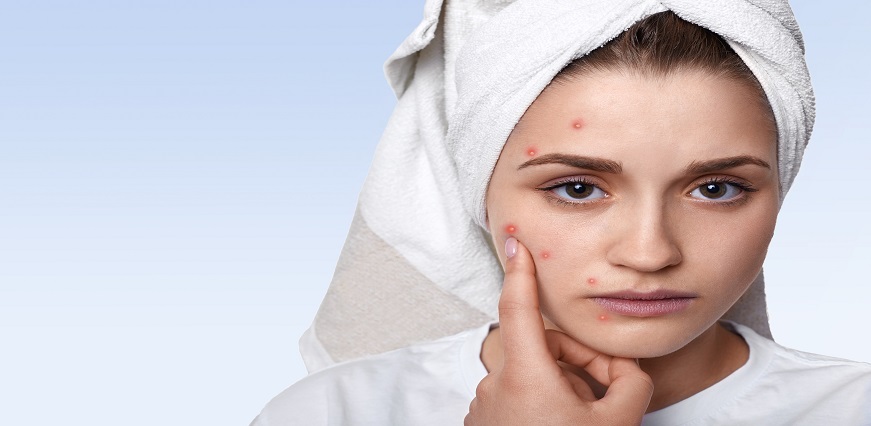
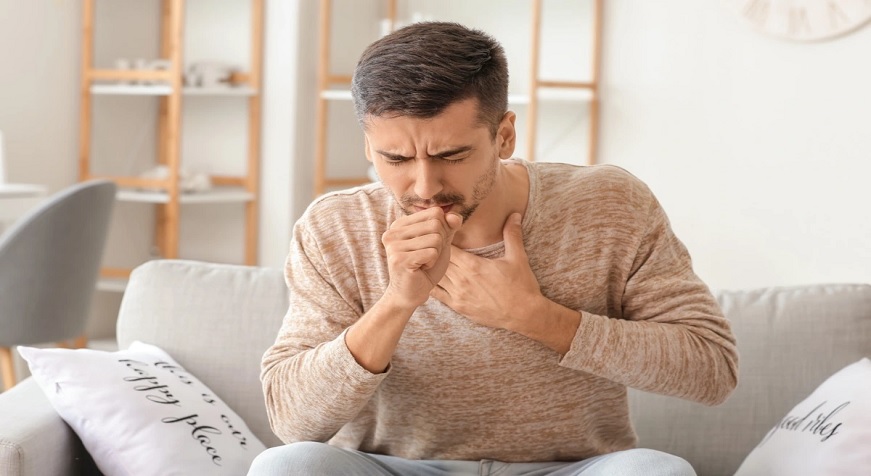
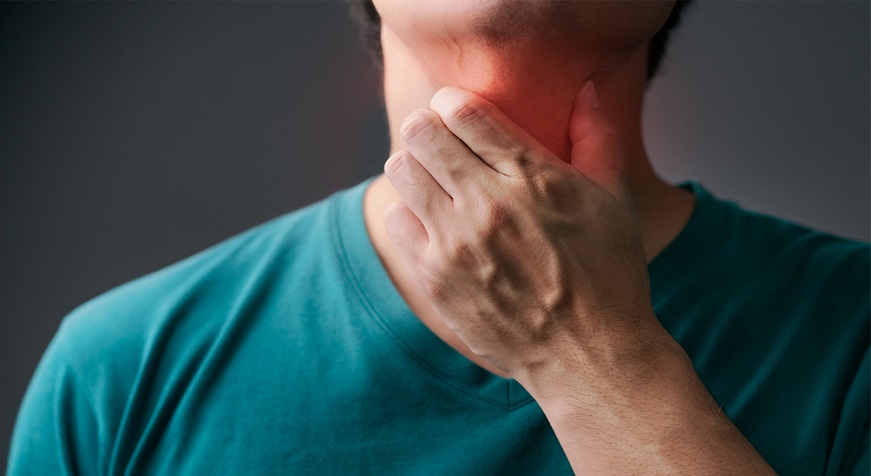

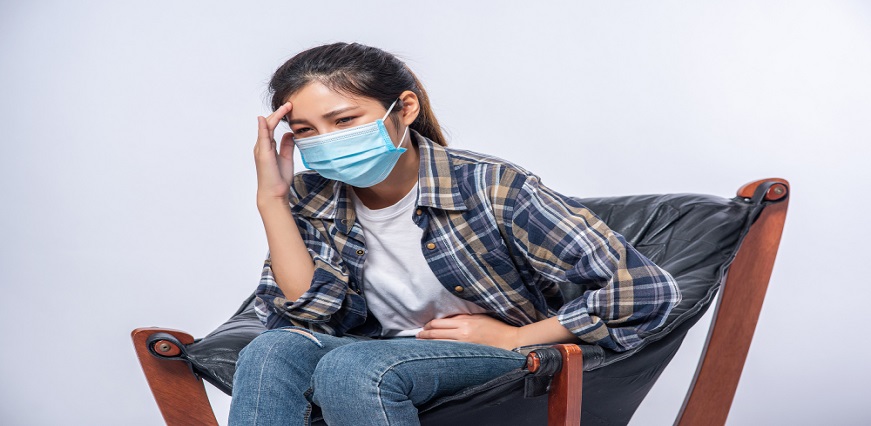
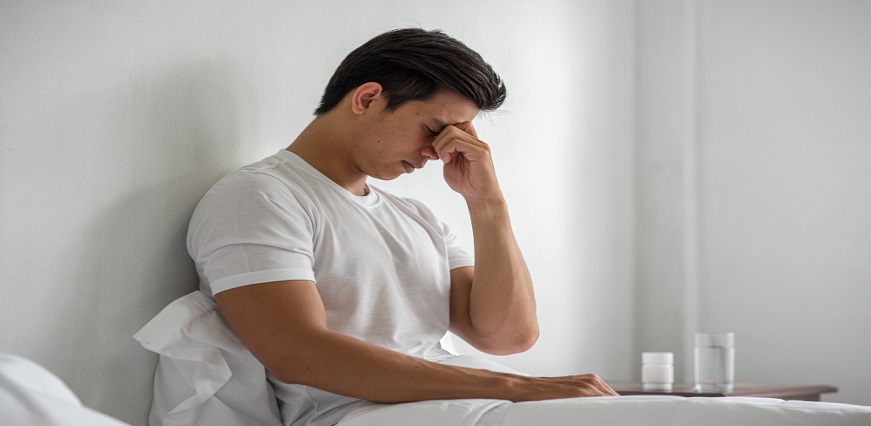



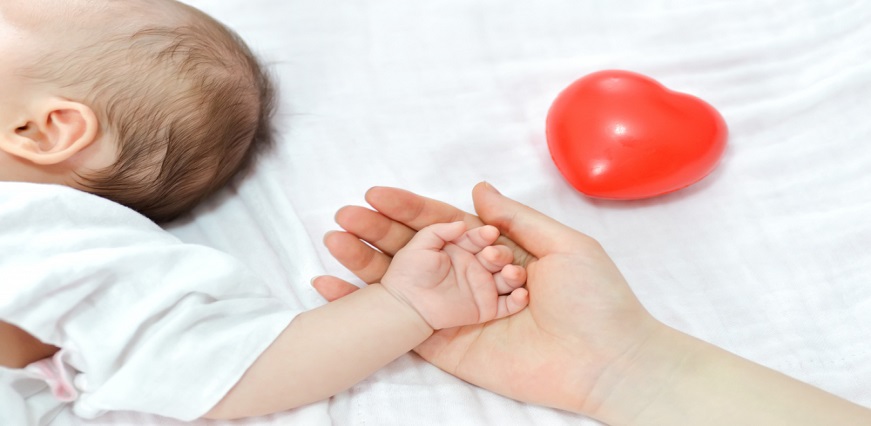
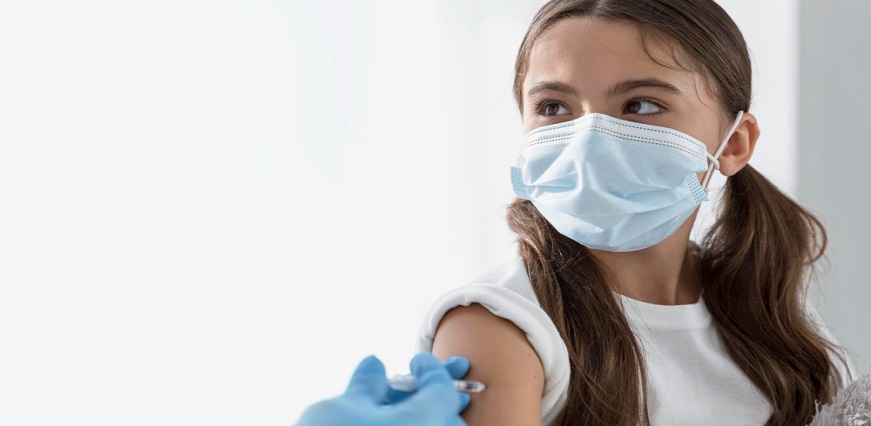










 To reach our help desk call 9213188888
To reach our help desk call 9213188888.png)
Comments